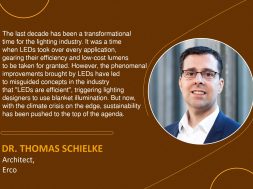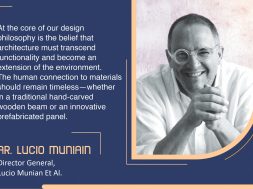What matters when talking about sustainable lighting?
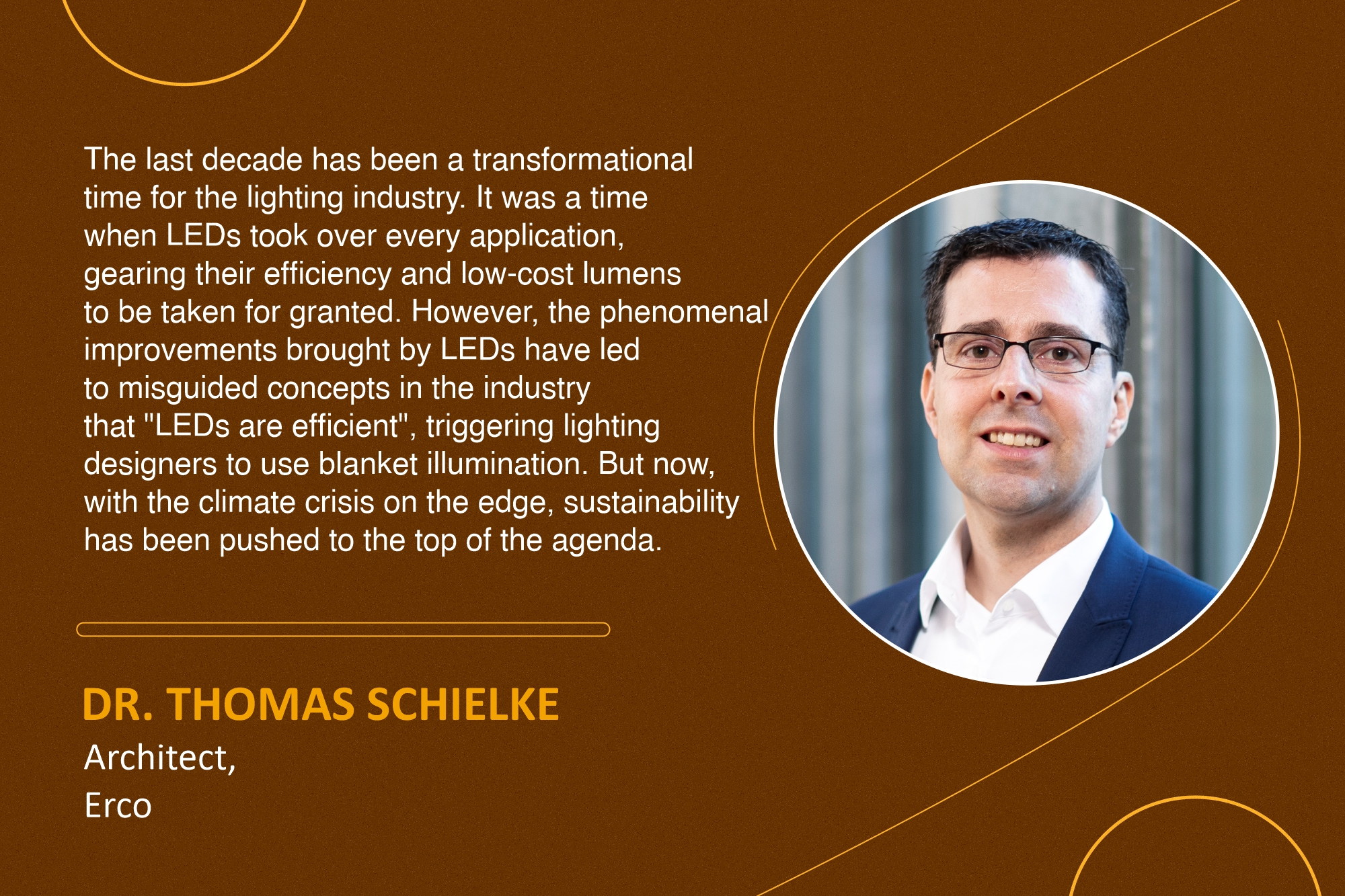
The last decade has been a transformational time for the lighting industry. It was a time when LEDs took over every application, gearing their efficiency and low-cost lumens to be taken for granted. However, the phenomenal improvements brought by LEDs have led to misguided concepts in the industry that “LEDs are efficient,” triggering lighting designers to use blanket illumination. But now, with the climate crisis on the edge, sustainability has been pushed to the top of the agenda.
Efficiency does not necessarily mean sustainability.
Lighting designs for a space should focus on where to illuminate and the illumination achieved in lux/watt rather than the efficiency of the light fittings in terms of luminaire lumens/watt. Designers have recently started advocating a combination of low-glare, precisely targeted task lighting and a general movement towards illuminating vertical surfaces over the floor. Light is directed exactly where it is required for carrying out tasks and where it is most effective for human perception; light is reduced everywhere else.
An increased emphasis on people-centric lighting designed for visual comfort has resulted in switching the focus from the floor to the vertical surfaces. The walls need to be illuminated rather than the floor to make a space feel bright. For example, the room feels three to five times brighter if 100 lx is put on the wall instead of the floor.”
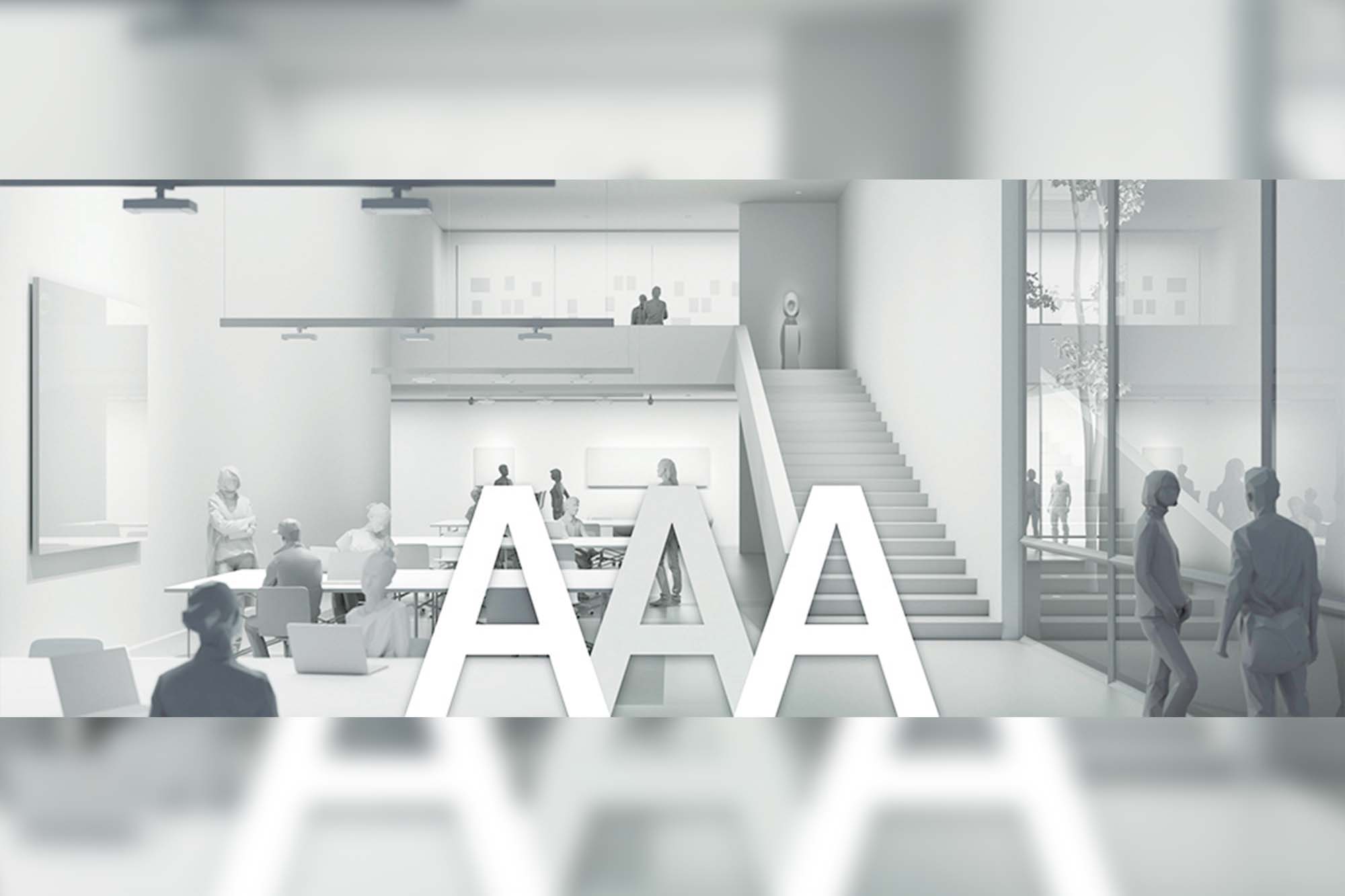
Superior lighting with half the energy
Historically, walls were not prioritised. But the European Indoor Lighting Standard EN 12464-1’s latest version has started taking it more seriously.
In workplaces/offices, prioritising to guide light where human perception requires it would dictate that light is delivered to the desktops or laptops. For instance, in a 100 sq.m office, desks could make up 20 sq.m of the space. So, if only the walls and desks were to be lit up, compared to uniform blanket illumination, almost half the energy would be saved while creating a better and brighter visual space for people.
The need for a design rethink started with spotlights. Many spotlights on the market today use a combination of chip-on-board (CoB) LED modules with reflectors. While the combination achieves a good luminaire lumen/watt measurement, it generates a large, uncontrolled corona of light around the beam, resulting in wasted stray light. This is because much of the light from the CoB modules does not hit an optical system but gets scattered everywhere—additionally, the very phenomenon of reflection results in a reduction of light.
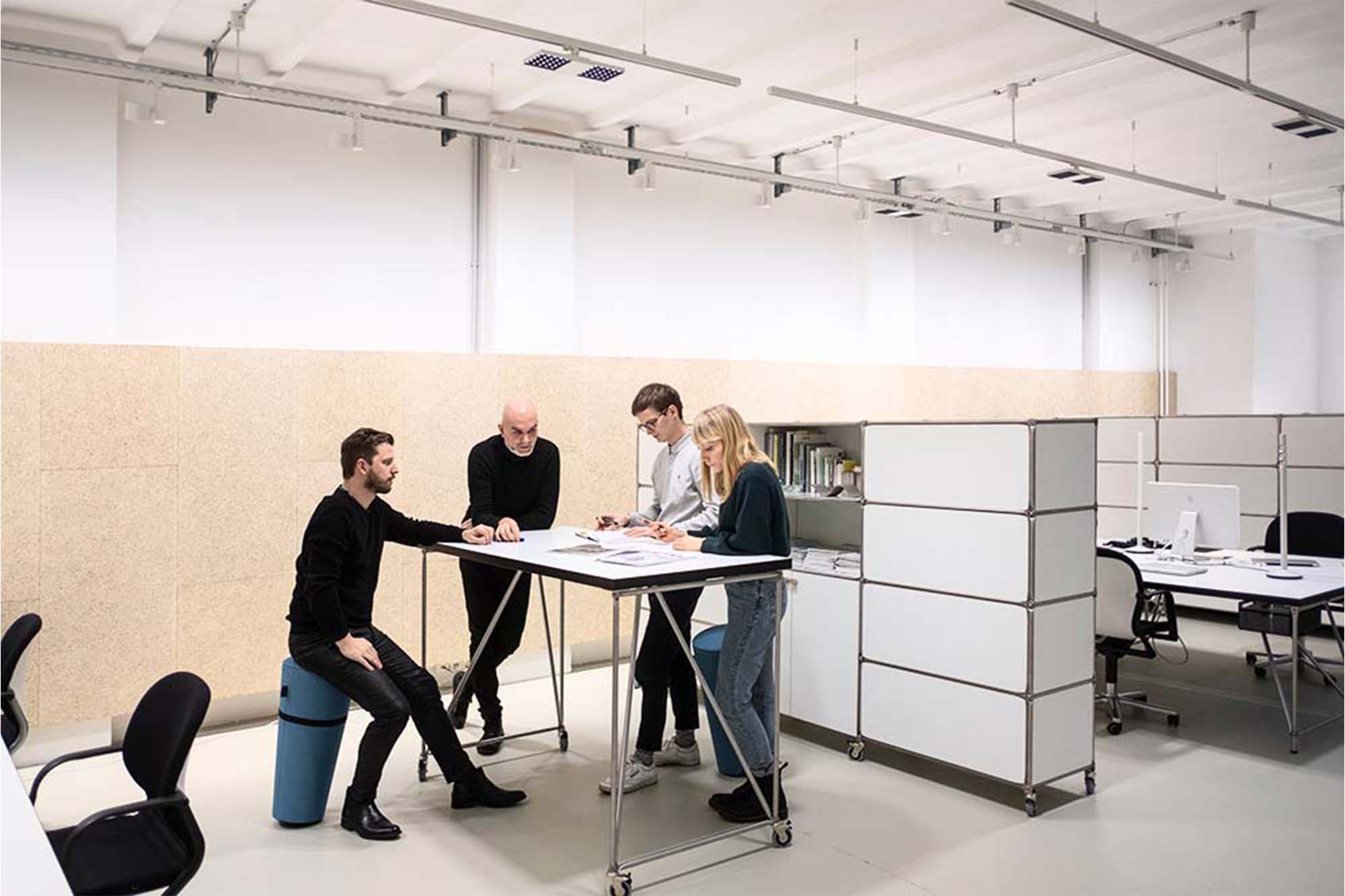
ERCO solution for energy efficiency
ERCO spotlights use lens systems with single high-powered chips. Although tiny, this bright point of light is much easier to control into a narrow beam of effective light. ERCO’s chips and printed circuit boards are indigenously designed, and the chips are mounted on the boards before they are paired with customised lens designs. Although this model has only nominally lower lm/W values, it brings up to 20 percent more light to the target surface than its competitors. This means that planners who only look at the lm/W values on a luminaire’s technical data sheet are giving away the potential for sustainable lighting, focusing on more light in the target area and energy savings.
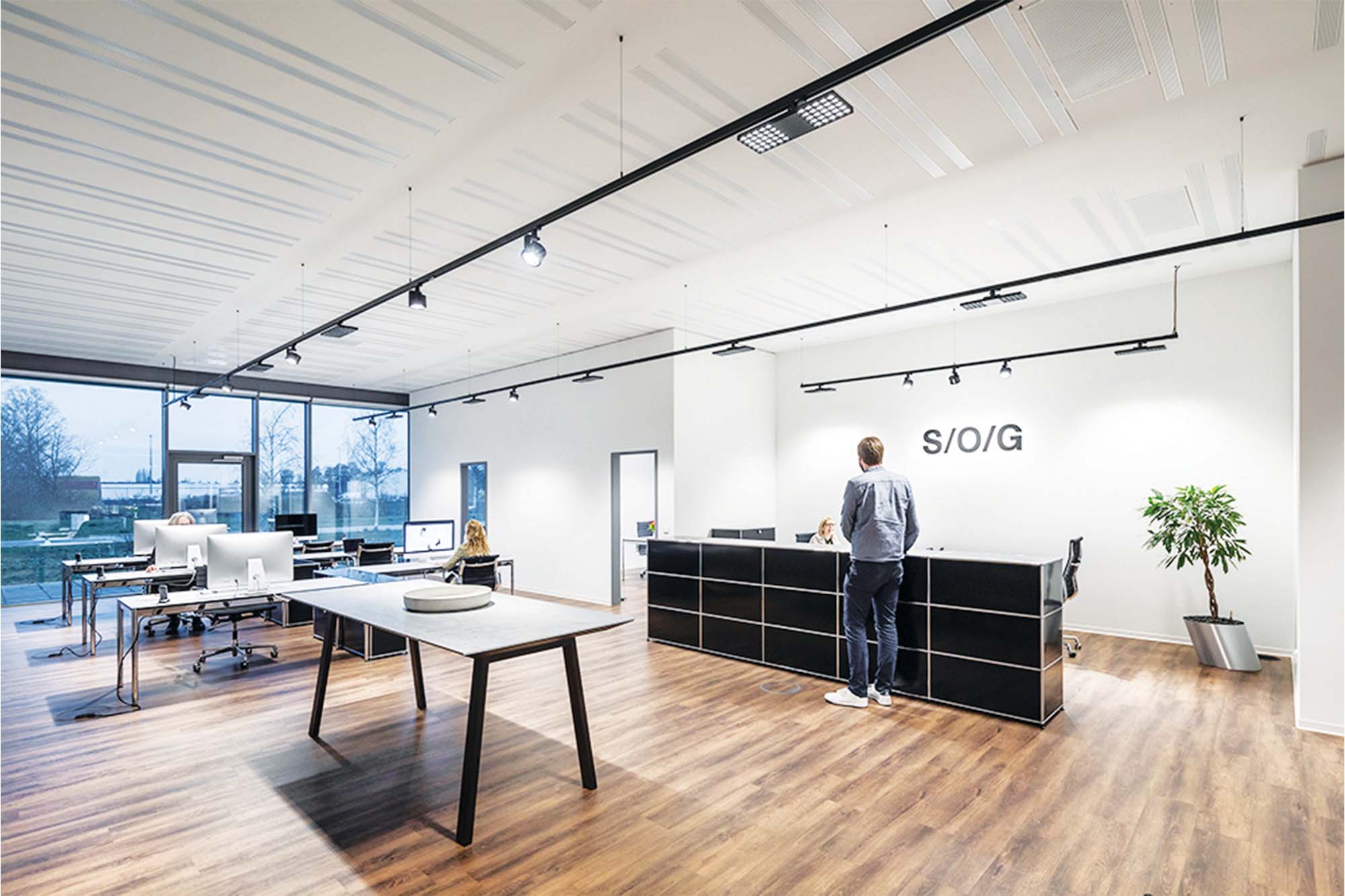
The lx/W metric is the key to effectiveness
The latest generation of the ERCO Parscan spotlight, for instance, has a high lumen-to-watt ratio of 105 lm/W, but it has an ultra-high lx/W metric compared to other luminaires, a testimony to its effectiveness.
An additional important aspect of sustainable lighting is avoiding glare. If there is glare, the visual contrast is lowered, requiring more light to be added to the task.
The combination of effectively targeted light and high visual comfort may sound simple at first glance, but its implementation can be radical! With the climate crisis looming and those lumens no longer cheap, a radical approach that recalls perception-orientated lighting design with high visual comfort is probably just what is needed.
For more details, visit: https://www.erco.com/en/
Cookie Consent
We use cookies to personalize your experience. By continuing to visit this website you agree to our Terms & Conditions, Privacy Policy and Cookie Policy.
